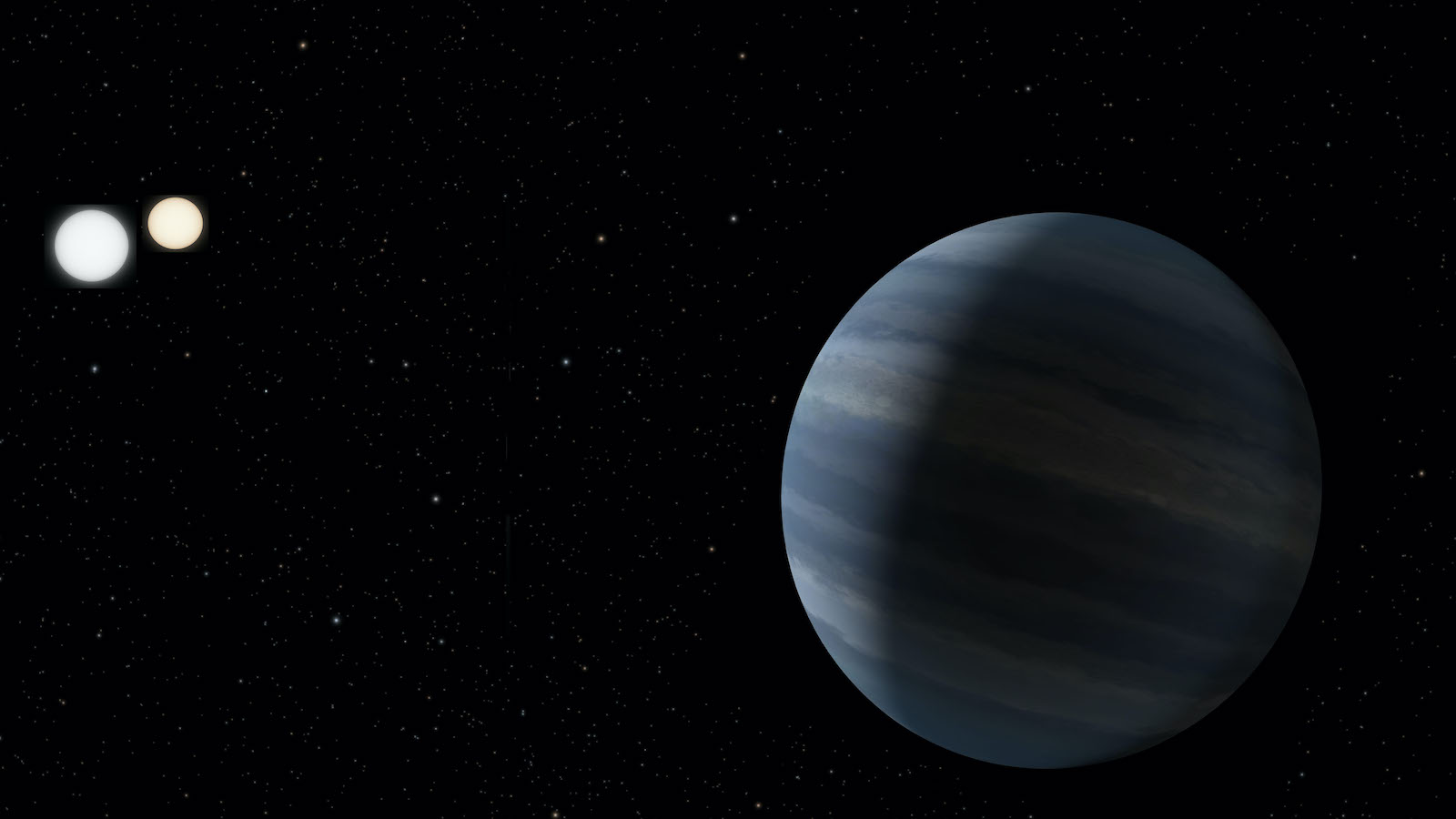

Will we humans ever get the chance to follow through on that roadmap? Feel free to weigh in with your comments below. "The roadmap that we have takes a grand perspective, with the objective to scout out our own solar system first, put a permanent human presence on Mars, look at asteroids, and really work first on our own solar system before we take the next step to an extrasolar planet," Schulze-Makuch said. It could take 200 years or more to send out the first true starships - but along the way, there will be plenty of discoveries like this week's detection of Alpha Centauri B b to push us along. Such a concept has been around since the 1960s, and in the novel "2312," Robinson fills the skies with such craft to carry his characters from destinations ranging from Mercury to Pluto and beyond. One of the most popular options is to hollow out an asteroid, place an artificial ecosystem inside it, give it enough of a spin to provide artificial gravity, and somehow send it speeding on its way. You'd have to wait quite a while, but you're constantly accelerating," he said. "It was pretty clear that we can get up to 10 percent of light velocity, using solar sails.

He notes that interstellar propulsion was one of the big themes at the Defense Advanced Research Project's 100 Year Starship Symposium. Schulze-Makuch, however, hasn't given up hope. It's a systemic lie that science fiction tells the world that the galaxy is within our reach." "It's a joke and a waste of time to think about starships or inhabiting the galaxy. "'Beyond the solar system' is too far away," Robinson told in May. That's such a tall order that even Kim Stanley Robinson, who writes about routine interplanetary travel in his latest novel, "2312," has pooh-poohed the whole idea of interstellar flight. Because of the way propulsive energy scales in relation to distance, you'd need an engine a million times more powerful than Voyager's to bring the travel time to Alpha Centauri down to a human time scale, Millis said. "The amount of energy that's needed is usually the part that catches people by surprise," said Marc Millis, founder of the Tau Zero Foundation and a visiting scholar at the Ohio Aerospace Institute.įorget about warp drive: For now, let's talk about physics we actually understand. The only hope is that next-generation propulsion technologies could raise the top speed and reduce the travel time to the scale of a civilization's lifetime, if not an individual's lifetime. The twin Voyager spacecraft are just now approaching the edge of our own solar system, 35 years after they were launched, but at their current velocity it would take them 70,000 years or so to go as far out as Alpha Centauri. The fastest spaceship ever launched, NASA's New Horizons probe, will require nine years to get to the dwarf planet Pluto - and Alpha Centauri is more than 6,500 times farther away. As the late science-fiction novelist Douglas Adams once said, space is vastly, hugely, mind-bogglingly big. That definitely applies to the distance between the sun and its closest stellar neighbors in the Alpha Centauri triple-star system.


 0 kommentar(er)
0 kommentar(er)
